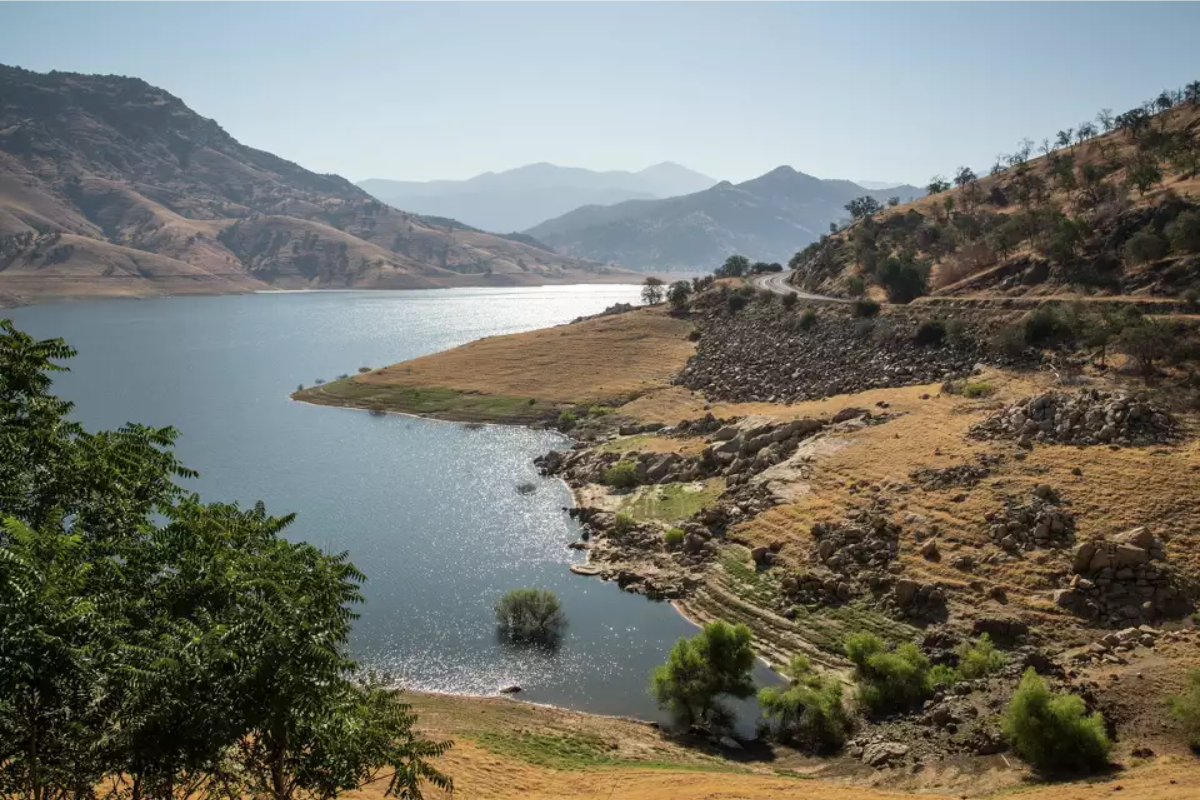California lost 2.2 billion gallons of water after Trump ordered dams to increase outflows. The move, intended to support agriculture, has raised concerns about worsening water shortages across the state.
“You are watching a crisis unfold,” said a California water policy expert. Environmental groups warn that releasing this much water will worsen drought conditions and harm fish populations.
The order directed water agencies to release more water from major reservoirs, including Shasta and Oroville. Farmers have praised the decision, saying water restrictions have limited their ability to grow crops.
Trump argues that environmental regulations have unfairly prioritized conservation over economic needs. His administration claims that the policy shift ensures farmers receive the resources necessary to sustain agricultural production.
California has faced frequent droughts in recent years, making water management a controversial issue. State officials say releasing this amount of water in a short time could jeopardize long-term supplies.
“Water conservation is critical for California’s future,” said a state water official. The state government is now exploring legal options to challenge Trump’s decision in federal court.
Environmentalists argue that the increased dam releases could disrupt fragile ecosystems. Lower reservoir levels may also affect hydroelectric power production, potentially increasing energy costs for consumers.
The Central Valley, a key agricultural region, depends on water from these reservoirs. Farmers say that previous restrictions forced them to leave fields unplanted and caused financial losses.
The ongoing debate over water usage has long divided farmers and environmentalists. Each side believes its needs should take priority in state and federal policies.
California lawmakers have criticized Trump’s intervention, calling it politically motivated. Some believe the move was designed to secure support from agricultural voters ahead of upcoming elections.
Water policy experts say the situation highlights deeper issues with California’s resource management. Conflicts over water allocation have persisted for decades, with no long-term solutions in place.
Reservoir levels were already below average due to recent dry conditions. State officials warn that another drought could leave cities and farms struggling to secure enough water.
Trump has dismissed these concerns, saying California must prioritize farmers over environmental regulations. He argues that excessive restrictions have harmed economic growth and hurt rural communities.
The state has responded by strengthening local water conservation efforts. Some cities have already imposed stricter limits on residential water use to prepare for possible shortages.
Residents now face uncertainty over water availability in the coming months. Many question whether California’s water reserves will be sufficient under current policies.
The order has also reignited tensions between state and federal officials. California leaders say the federal government should not dictate state water policies without considering local needs.
Experts warn that climate change will make future water shortages even worse. They argue that reducing conservation efforts now could lead to greater challenges in the years ahead.
Farmers insist that without additional water, food production will suffer. Some agricultural groups have called for permanent changes to ensure stable water supplies.
The debate over California’s water management is unlikely to end soon. Both sides are preparing for further legal and political battles over water rights and conservation policies.




